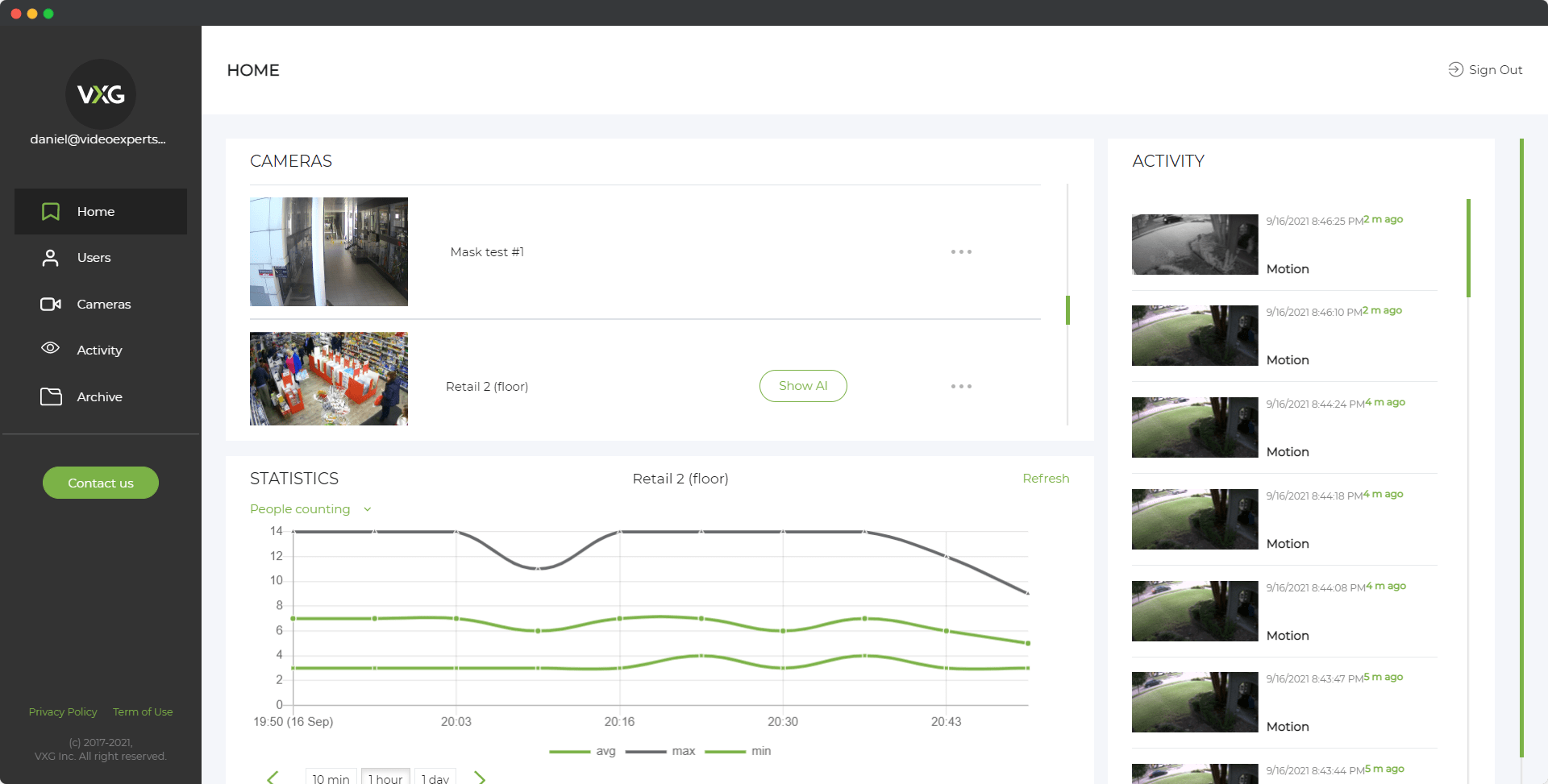Artificial Intelligence (AI) is revolutionizing the field of security and video surveillance, commonly known as Closed-Circuit Television (CCTV). AI technology enhances traditional surveillance systems by enabling them to intelligently analyze and interpret visual data in real-time, offering advanced capabilities beyond simple video recording.
Examples
AI-powered security and video surveillance systems utilize sophisticated algorithms to detect and recognize various objects, behaviors, and patterns. Some examples of AI applications in this field include:
- Object Recognition: AI algorithms can identify and classify objects captured by surveillance cameras, such as vehicles, people, and animals. This capability allows for better monitoring of specific areas and tracking of potential security threats.
- Facial Recognition: Facial recognition technology enables surveillance systems to identify individuals based on their facial features. This feature is used for access control, identifying known persons of interest, and enhancing security in public spaces.
- Anomaly Detection: AI algorithms can detect unusual or suspicious activities within a monitored area, such as loitering, abandoned objects, or unauthorized entry. This helps security personnel respond quickly to potential threats and prevent security breaches.
- Behavior Analysis: AI can analyze the behavior of individuals within a monitored space to identify abnormal or potentially threatening actions. For example, AI-powered systems can detect aggressive behavior, crowd disturbances, or unauthorized access attempts.
Advantages and Disadvantages
Advantages:
- Enhanced Security: AI-powered surveillance systems offer proactive security measures by detecting and responding to potential threats in real-time, improving overall safety and security.
- Efficient Monitoring: AI algorithms can process large amounts of video data quickly and accurately, reducing the need for human intervention and enabling more efficient monitoring of surveillance feeds.
- Reduced False Alarms: By accurately distinguishing between different objects and behaviors, AI helps minimize false alarms, allowing security personnel to focus on genuine security threats.
- Scalability: AI surveillance systems can be easily scaled to accommodate the needs of various environments, from small businesses to large-scale public facilities, without compromising performance.
Disadvantages:
- Cost: Implementing AI surveillance systems can be costly due to the need for specialized hardware, software, and ongoing maintenance.
- Privacy Concerns: The use of facial recognition and other AI technologies in surveillance raises privacy concerns, as individuals may feel their privacy is being invaded by constant monitoring and analysis of their activities.
- Technical Challenges: AI surveillance systems require robust infrastructure and technical expertise for proper installation, configuration, and integration with existing security systems.
- Ethical Considerations: There are ethical implications associated with AI-driven surveillance, such as potential biases in facial recognition algorithms and the risk of misuse or abuse of surveillance data.
AI technology holds great promise for enhancing security and video surveillance systems, offering advanced capabilities for detecting, analyzing, and responding to security threats. However, it is essential to address the associated challenges and concerns to ensure the responsible and ethical deployment of AI in security applications.
















